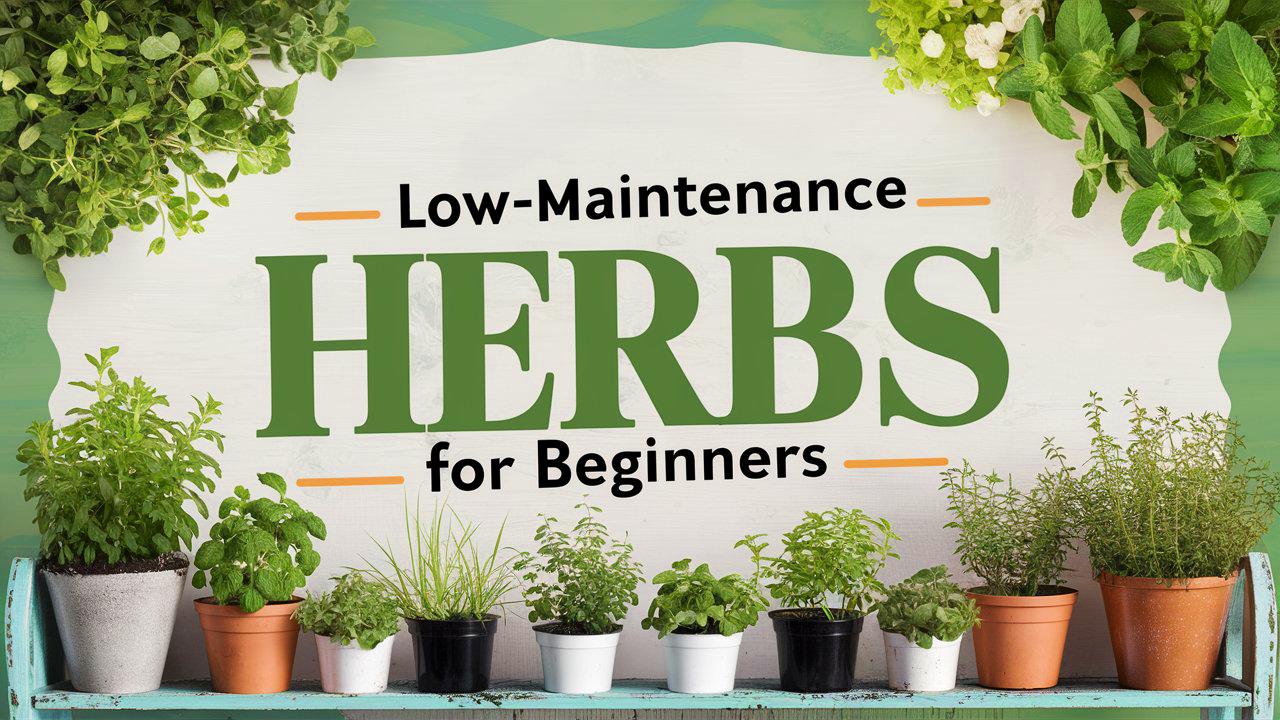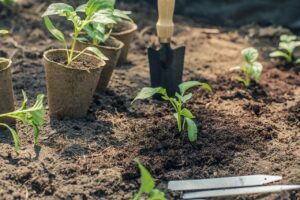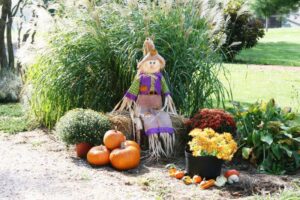For aspiring gardeners and culinary enthusiasts alike, cultivating a collection of herbs can be an enriching experience. Herbs not only enhance our dishes with flavor and aroma, but they also bear significant nutritional benefits and aesthetic appeal.
If you’re a beginner looking to dip your toes into the world of herb gardening without being overwhelmed by care requirements, you’ve come to the right place. This guide will provide an in-depth look at a selection of low-maintenance herbs, perfect for novices eager to kickstart their gardening journey.
Sage (Salvia officinalis)
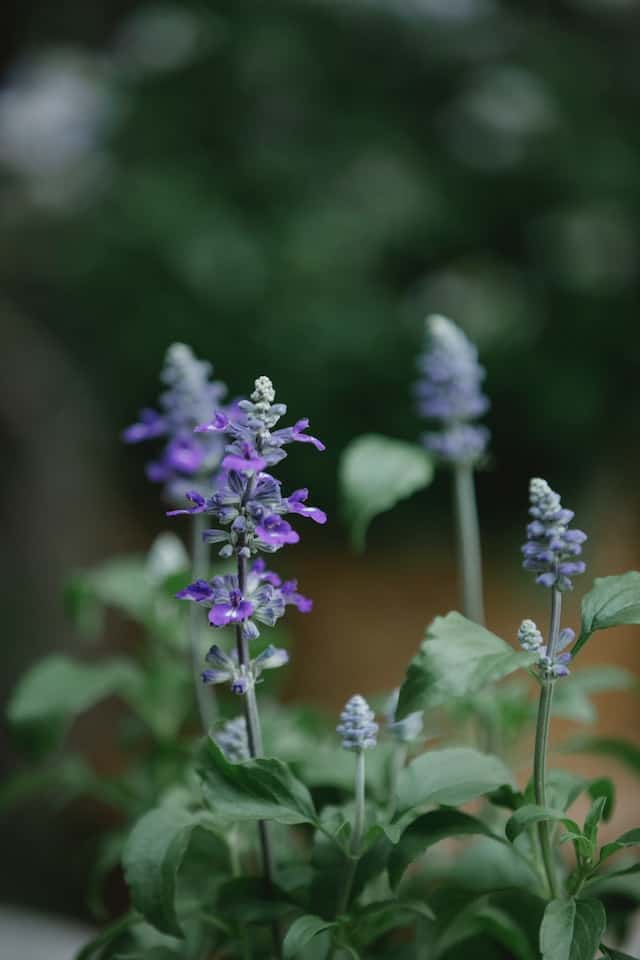
Sage is a versatile herb that grows well in various conditions, making it ideal for beginners. This perennial plant features grayish-green leaves and emits a strong, earthy aroma. Typically used in savory dishes, especially with meats and stuffing, sage can thrive in well-drained soil and tolerates drought, reducing the need for frequent watering.
When planting sage, opt for a sunny location. This herb prefers a minimum of six hours of direct sunlight daily. Sage can also be grown in pots or containers, allowing for easy access during cooking. The most common pests that may affect sage, such as aphids, can be managed naturally with a mild insecticidal soap.
Parsley (Petroselinum crispum)
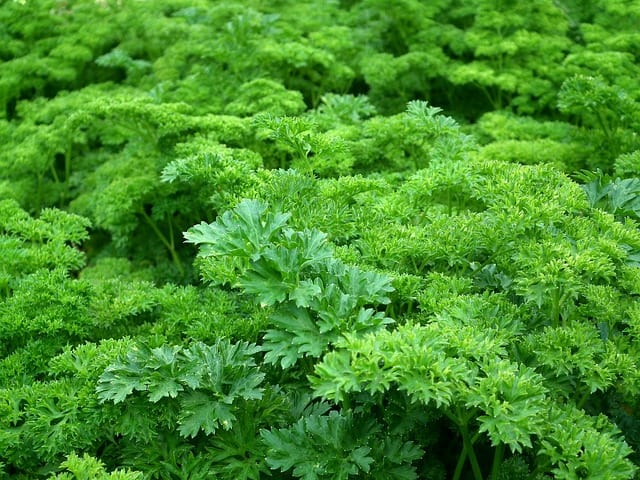
Parsley is not only a culinary staple but also an attractive herb to grow. Available in curly and flat-leaf varieties, parsley is packed with vitamins and minerals. This biennial herb can easily be grown from seeds, which germinate quickly under the right conditions.
Growing parsley requires only moderate sunlight, making it suitable for partially shaded areas in your garden. Ensure the soil is moist but well-drained; use mulch to help retain moisture. Once established, parsley is remarkably resilient and can tolerate a range of temperatures. Regular harvesting will promote bushier growth, allowing you to enjoy fresh parsley throughout the season.
Oregano (Origanum vulgare)
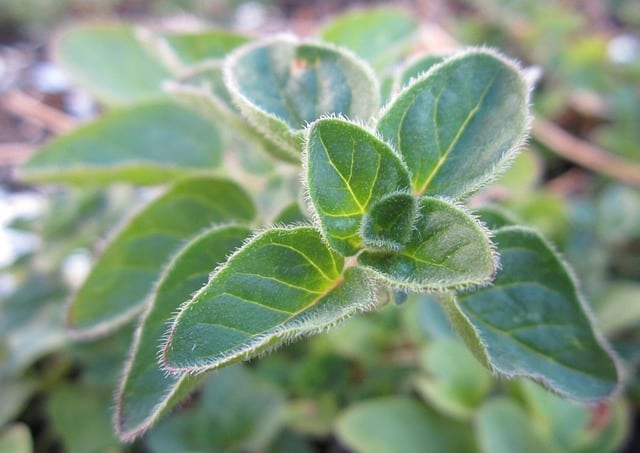
Oregano is a must-have for any herb garden, particularly for those who enjoy Italian and Mediterranean cuisine. This perennial herb has a pungent flavor that enhances numerous dishes, and its drought resistance makes it an excellent choice for novice gardeners looking to minimize upkeep.
Plant oregano in well-drained soil with plenty of sunlight. While it grows best in hot, dry conditions, it can adapt to various climates. Pinch back the flowers to encourage leaf growth, and when it comes time to harvest, simply snip off the sprigs you need. Oregano is also quite forgiving; if you forget to water it occasionally, it will bounce back with little fuss.
Mint (Mentha)
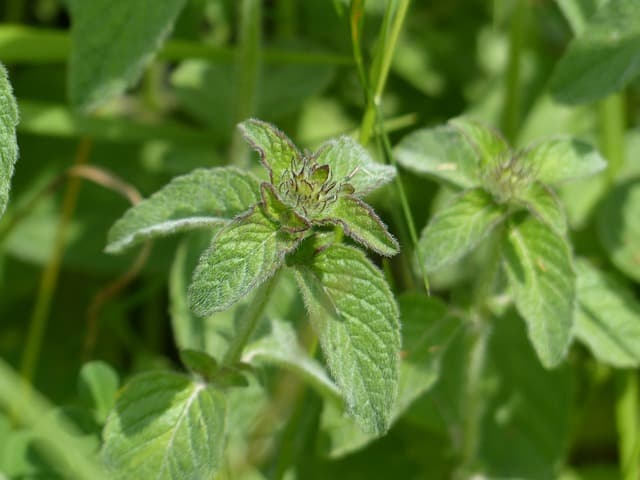
Mint is not only refreshing but also one of the easiest herbs to grow, making it perfect for beginners. With various species such as spearmint and peppermint, mint can be used in many culinary applications, from teas to desserts. It’s essential to be aware that mint can spread rapidly, so it’s advisable to plant it in a pot or a contained space.
Mint prefers rich, moist soil and partial to full sunlight. Keep the soil consistently damp, especially in hotter months. This herb can survive through a variety of weather conditions—just stagger your harvesting to ensure continuous growth. Mint is prone to pests like spider mites, but regular watering and proper airflow can keep these issues at bay.
Thyme (Thymus vulgaris)
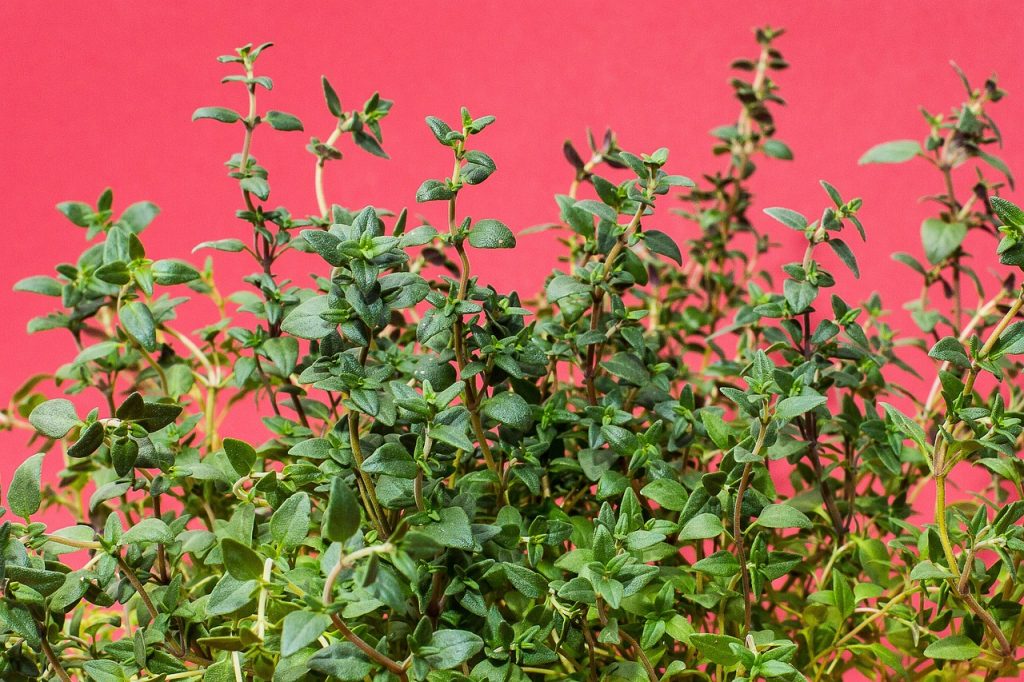
Thyme is a popular herb known for its tiny leaves and aromatic flavor, commonly used in Mediterranean and French cuisines. This hardy perennial is incredibly forgiving and can flourish in poor soil conditions, making it an ideal choice for new gardeners.
To cultivate thyme, select a location with full sun exposure and well-drained soil. It is drought-resistant and only requires watering when the soil feels dry. Pruning thyme regularly will encourage bushier growth and help prevent it from becoming woody. If you harvest thyme frequently, you’ll find that it grows back in abundance, allowing you to enjoy fresh thyme with little maintenance.
Dill (Anethum graveolens)
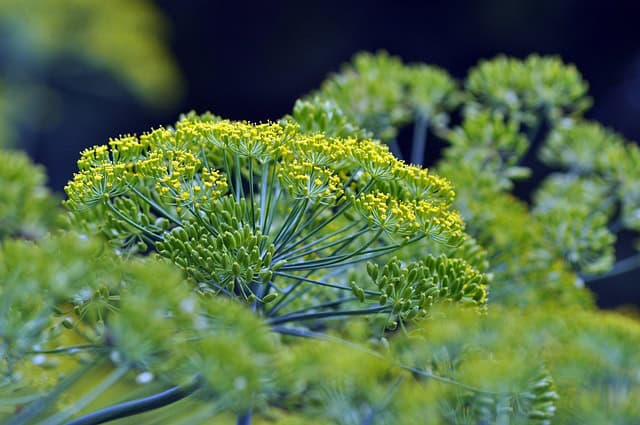
Dill is an annual herb valued for its feathery leaves and seeds, commonly used in pickling and seafood dishes. This aromatic herb thrives in warm weather and can be grown easily in a garden or on a balcony.
Plant dill in well-drained soil and full sun. It grows quickly and does not require much attention, though it appreciates consistent watering. Dill can be prone to bolts, especially in hot weather; however, regular trimming can help prolong its harvest period. The leaves can be harvested as needed, while the seeds can be collected once they mature.
Chives (Allium schoenoprasum)
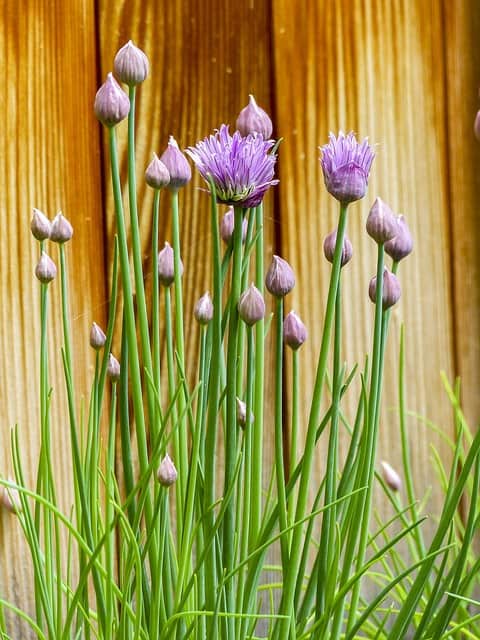
Chives are one of the most user-friendly herbs for beginners, providing a mild onion flavor that enhances various dishes. These perennial herbs are easy to grow from seeds or transplants, producing tall, slender green stalks.
Chives thrive in well-drained soil with full sun to partial shade. Their low profile makes them an excellent companion plant in vegetable gardens, especially around carrots and tomatoes. They require moderate watering, but be careful not to overwater, which can lead to rot. Chives, when harvested, will regrow quickly, allowing you to enjoy repeated harvests throughout the growing season.
Cilantro (Coriandrum sativum)
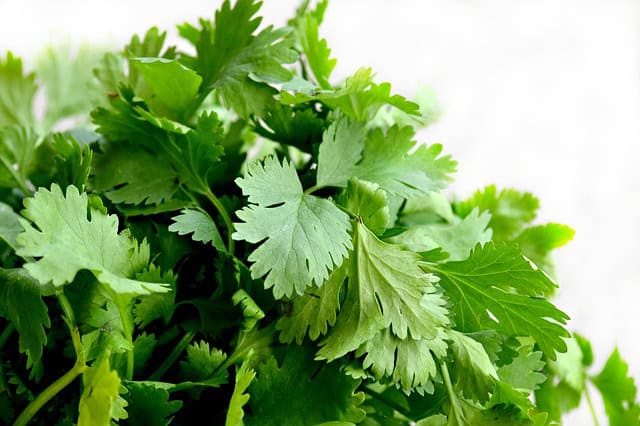
Cilantro is a unique herb that garners mixed opinions due to its distinct flavor. However, it is highly sought after in global cuisines, especially Mexican and Asian dishes. Cilantro grows quickly, making it suitable for those who want to see rapid results in their gardening efforts.
This annual herb prefers cooler temperatures, so planting it in the spring or fall will yield the best results. Cilantro thrives in well-drained soil and requires regular watering, especially during hot seasons. Like dill, cilantro can bolt rapidly; harvesting frequently can help postpone this process, allowing you to enjoy its bright flavor for longer.
Lemongrass (Cymbopogon)
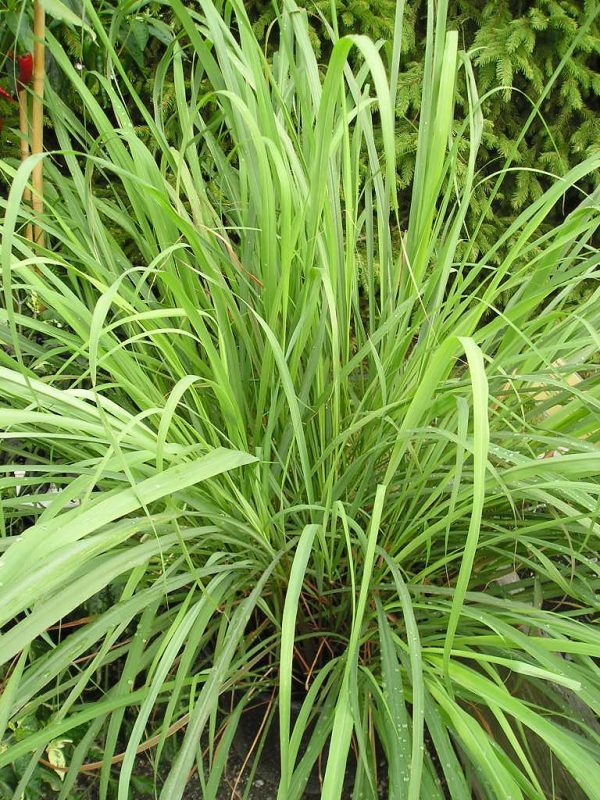
Lemongrass is a tropical herb known for its citrusy flavor, frequently used in Asian cuisine and herbal teas. While it may seem exotic, lemongrass is surprisingly easy to grow in the right conditions.
Choose a warm location with full sunlight and plant lemongrass in well-drained soil rich in organic material. It requires more water than some of the other herbs, so maintaining moisture is crucial. This herb thrives in pots as well, allowing for easy movement to warmer spots when necessary. Lemongrass can grow quite tall, and the stalks can be harvested as needed, promoting further growth.
Bay Laurel (Laurus nobilis)
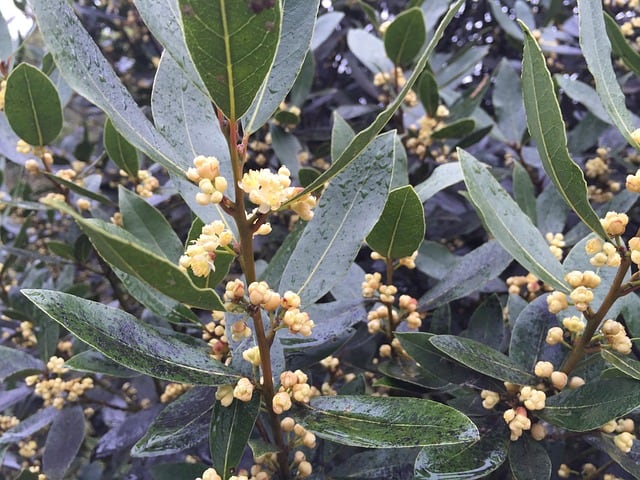
Bay laurel is a classic herb known for its aromatic leaves, often used to flavor soups and stews. This evergreen shrub is delightful to cultivate as it can also serve as an ornamental plant.
Plant bay laurel in well-drained soil and choose a sunny to partially shaded location. Once established, this herb is relatively low-maintenance and drought resistant, requiring watering only when the top inch of soil feels dry. The leaves can be harvested fresh or dried; however, be careful not to over-harvest, allowing the plant to maintain robust growth.
Basil (Ocimum basilicum)
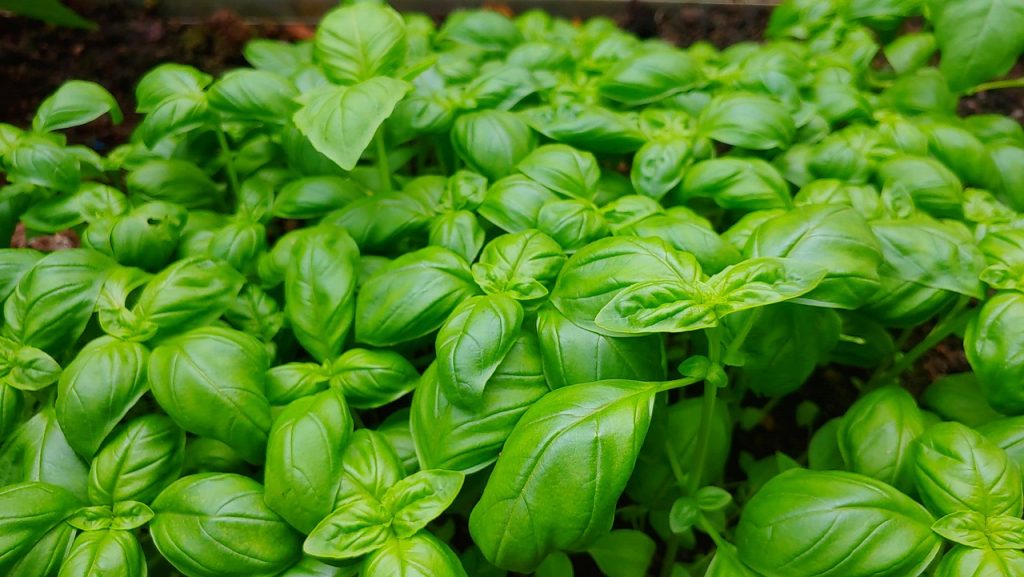
Basil is arguably one of the most popular culinary herbs, revered for its sweet, pungent flavor. It serves as a fundamental ingredient in Italian dishes and pesto. For beginners, basil is an excellent herb to start with due to its simple cultivation process.
Basil loves warm weather, so plant it after the last frost. It thrives best in full sun and well-draining soil. Regular pinching back of leaves encourages bushier growth and can promote a more productive plant. Basil prefers consistently moist soil, so water it regularly but avoid waterlogged conditions. Harvesting basil will often lead to more vigorous growth—making it a must-have for novice gardeners.
Tarragon (Artemisia dracunculus)
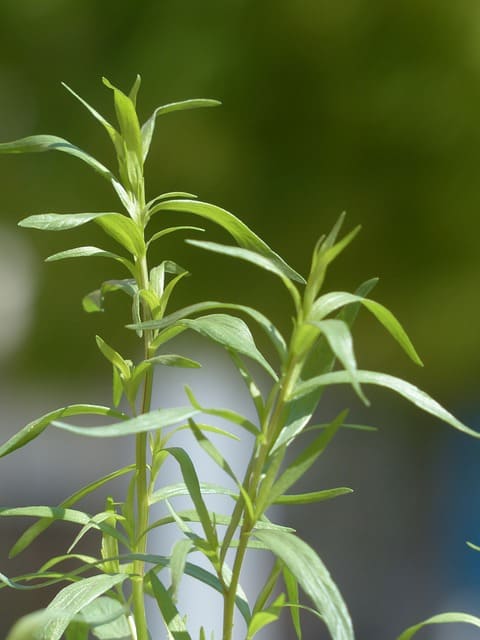
Tarragon is a lesser-known but delightful herb, especially popular in French cuisine. Its distinct anise-like flavor pairs well with various dishes, from salad dressings to sauces. This perennial herb is relatively low-maintenance and offers versatility in gardening.
Tarragon prefers well-drained, sandy soil and full sun to partial shade. It requires moderate watering; be cautious of overwatering, as it prefers its soil on the drier side. Regular trimming of foliage is vital for promoting dense growth and preventing the plant from becoming leggy. You can harvest tarragon when needed, and it will continue to grow throughout its growing season.
Lemon Balm (Melissa officinalis)
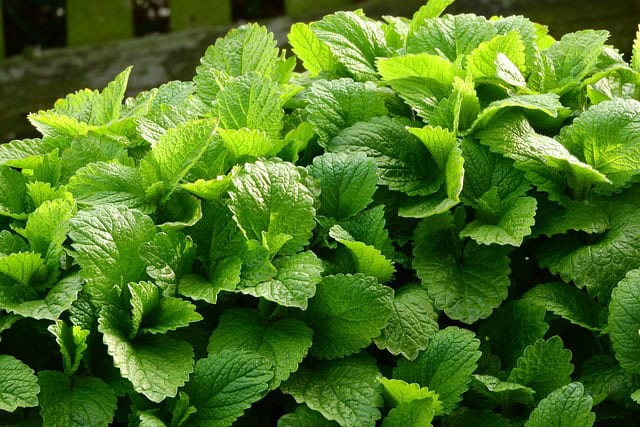
Lemon balm is a fragrant herb known for its lemony scent and flavor, widely used in teas and as a culinary garnish. This perennial is known for its resilience and ease of care, making it perfect for beginning gardeners.
Plant lemon balm in rich, well-drained soil with plenty of sunlight, although it can tolerate partial shade. Regular watering will help establish the plant, but it is relatively drought resistant once it sets roots. Harvesting lemon balm regularly encourages fuller growth, and just a handful of its leaves can add flavor to various dishes, from salads to desserts.
Fennel (Foeniculum vulgare)
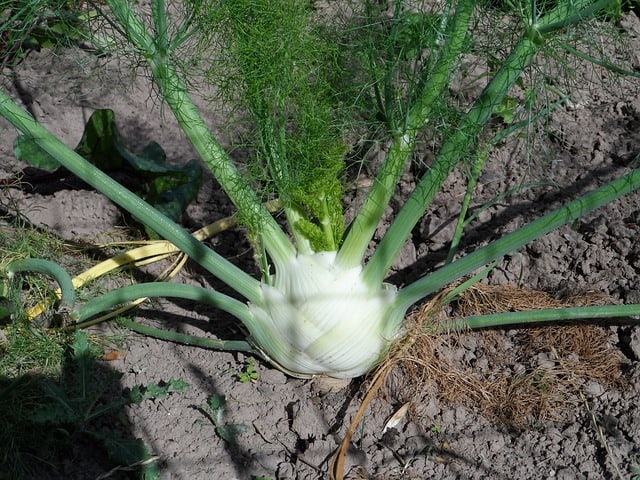
Fennel is an intriguing herb that features bright green fronds and flavorful bulbs. It’s commonly used in Mediterranean cuisine, and both the fronds and seeds impart a distinct anise-like flavor. This versatile plant is an excellent choice for beginner gardeners aiming for low-maintenance options.
Fennel prefers well-drained soil and full sunlight. Keep the soil consistently moist during its early growth stages but allow it to dry out slightly between waterings as it matures. As an added benefit, fennel can attract beneficial insects to your garden, contributing to a healthy ecosystem. Harvest fennel as needed, starting with the fronds and allowing the bulbs to mature fully for culinary uses.
Chamomile (Matricaria chamomilla)
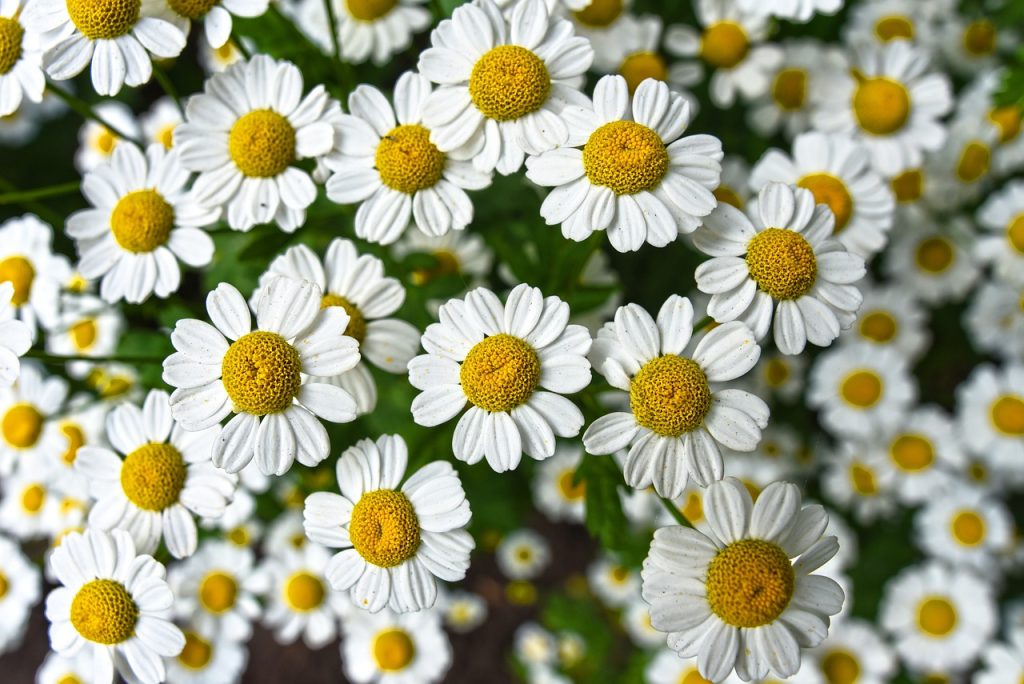
Chamomile is a gentle, aromatic herb cherished for its soothing properties, especially in herbal teas. This annual plant is easy to grow and adds beauty to any garden with its lovely white flowers. For beginners looking for low-maintenance herbs, chamomile is a fantastic choice.
Chamomile thrives in well-drained soil with full sun exposure. It prefers moderately moist conditions, but it doesn’t require extensive watering once established. This hardy plant can tolerate various weather conditions, making it forgiving even when your attention to maintenance wavers. Regular harvesting of the flowers promotes new growth and can lead to a continual supply of chamomile for tea and other uses.
Conclusion
Starting with herbs can be a delightful introduction to gardening, especially when you choose low-maintenance varieties. Many of the herbs listed above are adaptable, forgiving, and require minimal care, making them suitable for novices wanting to harness their culinary potential.


